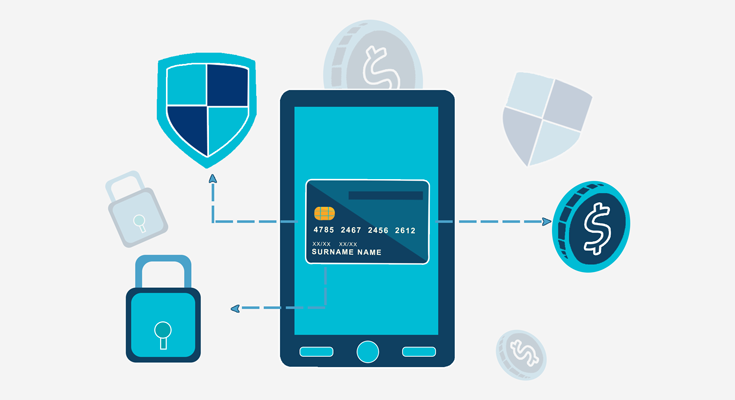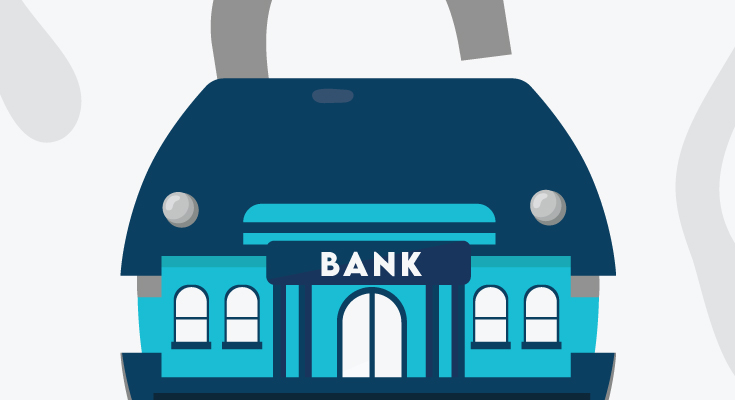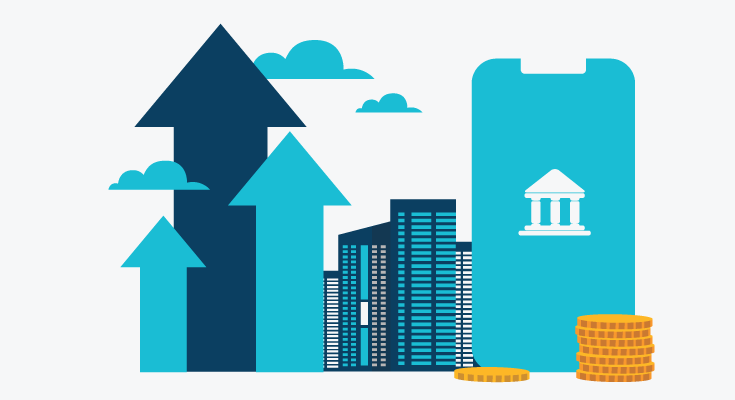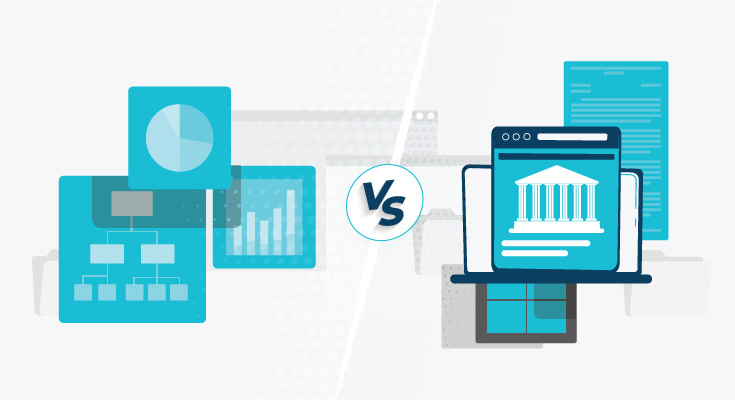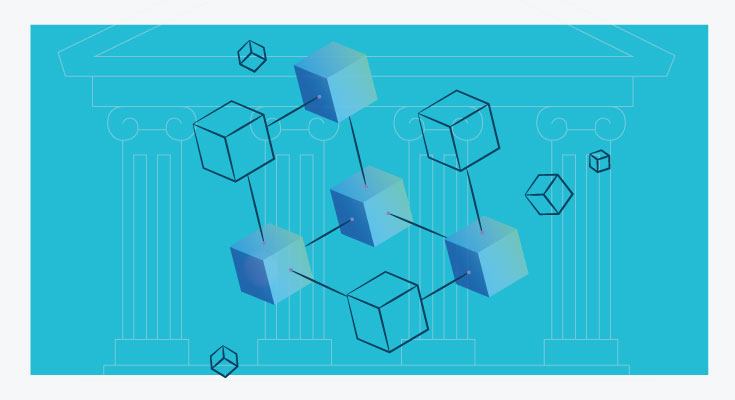As the name suggests, a virtual card isn’t a physical card made of plastic, it’s just a set of sixteen digits like a credit card number combined with a CVV code that’s generated using the software. Virtual cards can be both debit and credit cards.
What’s a Virtual Debit Card?
A virtual debit card is the same as an ordinary debit card, but the randomly generated number is linked to a debit account instead of a credit card. These virtual numbers act just like a debit card and they can also be used to make purchases remotely, although a user can’t use a debit card to make in-person purchases.
When charges are made using the virtual debit card number, the amount is detected from the linked bank account. However, people can’t trace the number back to the originating account or access money by using the number.
What’s a Virtual Credit Card?
A virtual credit card is also a series of 16 numbers that are generated at random with a CVV code that these numbers can be used to make goods and services online. Charges can be made with the card numbers online or on the telephone, but you can’t use a virtual credit card in person.
When a card number is generated, the charges are linked to the original credit card number. Similar to a virtual debit card, a virtual credit card can’t be traced back to the original card, and it will not work after the purchase.
What is a Virtual Card Used for Payments?
Virtual card payments are payments that happen online or over the phone without cash or check transactions. These payments are done using the generated numbers securely.
When payments are made online, hackers who steal the generated numbers will not be able to use them. The numbers stop working after you’ve made the payment and they won’t work to allow access to your accounts or your company. Virtual payments can help to reduce invoices and enhance the payment process.
Who Needs Virtual Cards? Why are they Used?
Virtual credit and debit cards are incredibly famous among consumers and now businesses are also beginning to use them. They are also used to make purchases remotely and prevent fraud.
Since the numbers are basically throwaway numbers, hackers and thieves have no use for them. When you choose to use virtual credit and debit cards, you can eliminate the chances of card fraud. Your employees also won’t be able to use the numbers to make unauthorized purchases.
Virtual Cards for Business: Good Idea or Not?
The use of virtual debit cards can allow businesses to eliminate the need for drafting checks. They help in saving businesses from fraud and using virtual payment methods can help you save time and money.
The owner of the card can restrict what can be purchased and what can’t be purchased from virtual numbers that you generate. You can also save money on transaction costs that might otherwise be involved with requisition forms, PO (purchase orders), invoice processing, and checks. Using virtual debit cards can also help in streamlining the payments and your expense management.
Where Can You Use a Virtual Card?
As virtual cards are not physical, they can only be used to make purchases online or via telephone. You can’t take a virtual number to a physical store and expect to pay for goods with it. Virtual numbers can be used online or via telephone to make purchases from companies that accept all the major credit cards including Visa, Discover, Mastercard, or American Express. Once they’re used, the numbers expire and are worthless. If you want, you can set an expiration date that allows purchases to happen for a couple of days, and then the card can expire.
How Can You Add Money to the Virtual Card?
To add money to a virtual credit or debit card you need to decide how much money you want to allocate to the card from your debit account and credit card from which it originated. The funds are then automatically transferred to the virtual numbers you’ve selected.
When you see that the balance is low on your virtual cards, you can refund the money by an electronic transfer from your bank account. There’s no need for you to make a withdrawal of cash from your account to add money to your cards.
How Easy are Virtual Cards to Use?
To use a virtual credit or debit card, you can use proprietary software used by your card issuer. You can generate as many random numbers as you need in a few minutes. The cards allow you to assign spending limits by the day or week.
Once you’ve generated these numbers, you can distribute them to your employees, and your employees can use them to make payments to suppliers of vendors online or over the phone. The numbers can be charged similar to plastic debit and credit cards.
How Safe are Virtual Cards?
As virtual card numbers can be traced back to your account or credit card, they’re much safer to use for buying products and services from unfamiliar online vendors and suppliers. The suppliers or vendors that you pay money to won’t be able to charge you for more than you’ve authorized, thus saving you from fraud.
Using virtual numbers and cards for purchase provides you with an extra layer of security, if you generate numbers and forget to use them, there’s a chance that someone will be able to steal the numbers before they expire.
Conclusion: Use of Virtual Debit Cards
You should keep in mind that virtual debit cards aren’t plastic, while they’re known as “cards”, they’re just random numbers that are linked to your existing debit and credit cards or bank account.
No one can use these numbers to make purchases in a physical store using the numbers and you can limit them to single purchases from specific suppliers or merchants. Some businesses use multiple numbers for multiple vendors and only authorized vendors can use these cards.
